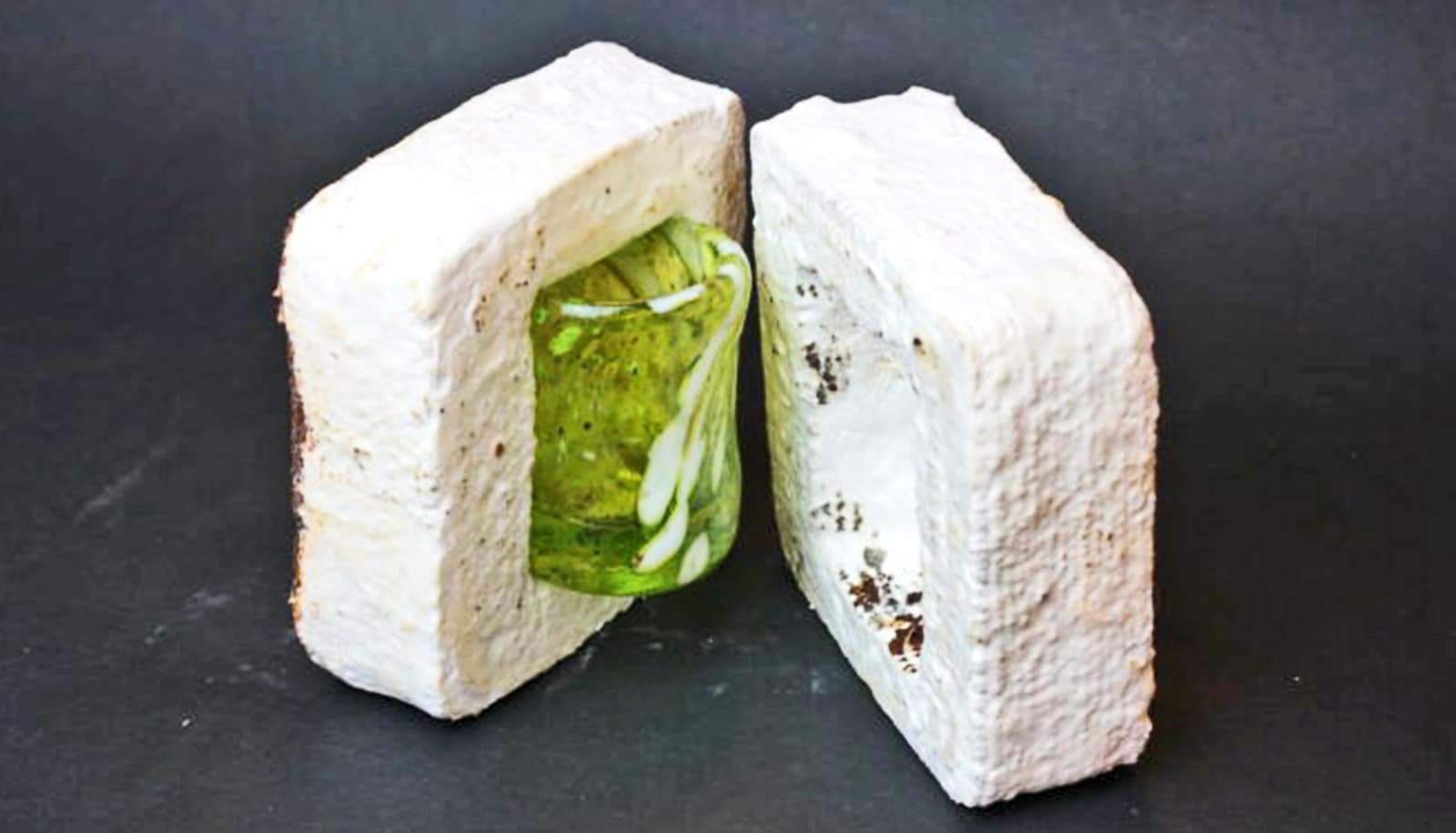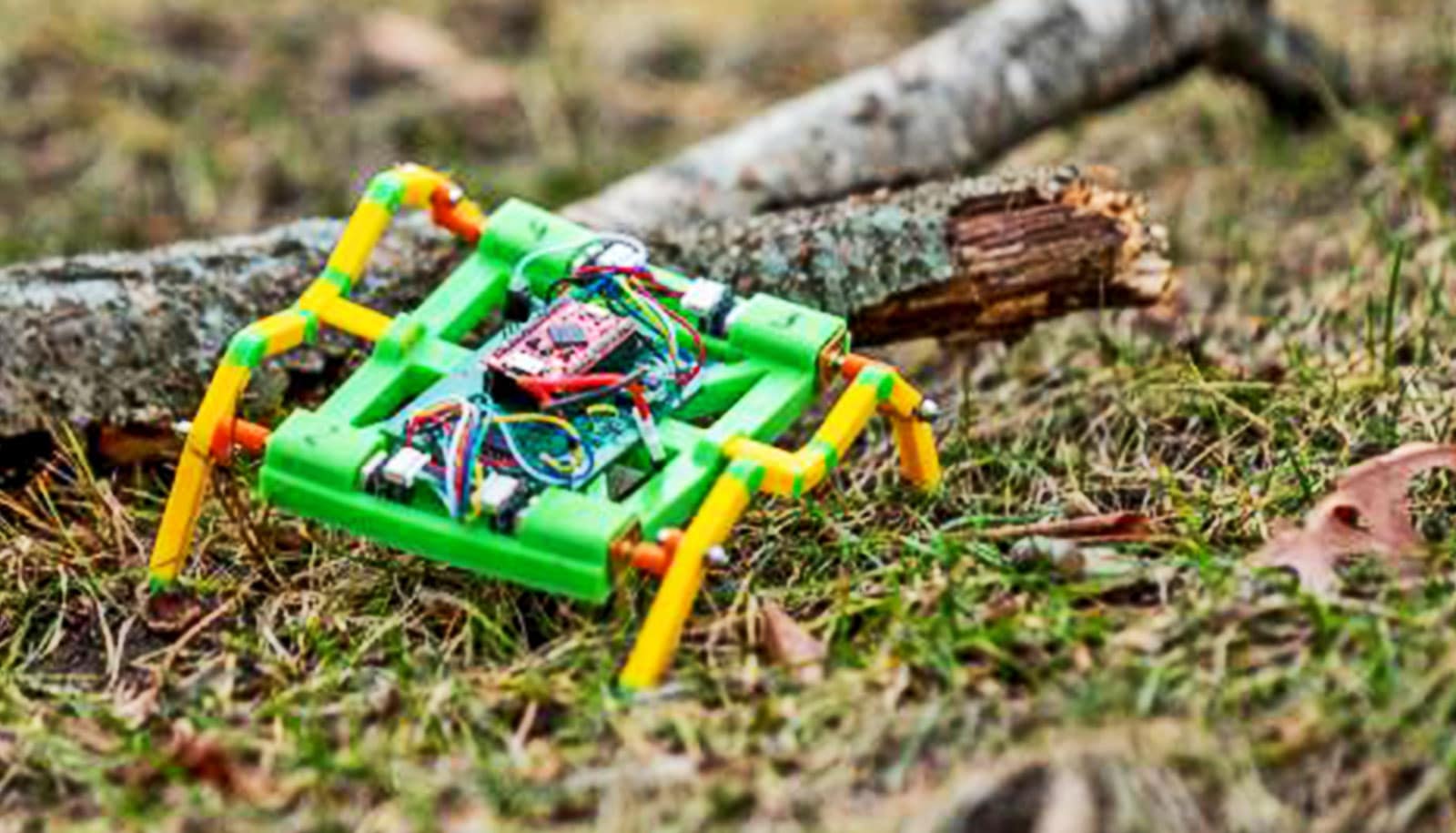Researchers have created a 3D-printed, gel-like “ink” that that could let cracked screens and scratches in paint repair themselves, much as living tissue does.

If successfully developed, the polymer-based substance could have endless applications, from protecting mobile device screens to ‘healing’ interior and exterior car scratches.
3D and 4D printing
Researcher Luke Connal says 3D printers can potentially revolutionize manufacturing, but until now suitable printing materials have been limited. To help rectify this, his team has developed a polymer-based ‘ink’ that can self-heal. It adds the fourth dimension—time—to 3D printing, in that the material can change shape over time.
“After printing, these objects can heal a crack or even a cut and regain their original strength…”
The gel-like ink starts off similar in texture to toothpaste. When you apply pressure, it can flow, becoming stable again when the pressure is removed.
“After printing, these objects can heal a crack or even a cut and regain their original strength,” explains Connal, who studies chemical and biomolecular engineering at the University of Melbourne School of Engineering. “This could enable custom printing of coatings that can heal after breakages, potentially as coatings for mobile phones.
“The materials we developed can also change shape when triggered by being swollen in a solvent, such as water. This enables printed objects to change shape once printed, which is known as 4D printing,” Connal says.
“Self-healing materials are capable of recovering from damages and restoring their functionality, just like the natural ability of living creatures to repair their tissues,” explains the team’s report, which appears in the journal Molecular Systems Design & Engineering.
“This unique property offers the ability to extend the lifetime of products, which is usually limited by mechanical failures.”
Dynamic chemistry
The healing process is based on dynamic covalent chemistry. “This means we can form, break, and reform chemical bonds,” Connal explains. “When we can do this in a controlled and triggered manner we can manipulate the properties of the printed objects.”
Connal says the gels are made from a polymer known as poly(hydroxyl ethyl methacrylate), which is the base polymer for many types of contact lenses.
“We have instilled chemistry which is dynamic into this polymer. This means it strengthens the gel, but on a stimulus (for example a change in acidity) we can weaken the gel. And we reverse this—enabling healing of cracks in the material,” he says.
The goal is to develop selective coatings for high-end products that are subject to stress, such as mobile phones, hand held devices, and car surfaces that can self-heal when cut.
Self-healing plastic ‘skin’ feels touch
These self-healing ‘smart’ objects could also change their shape upon sensing their chemical environment, enabling the fourth dimension, time, to also influence them.
Ultimately, Connal says a mobile phone screen could be made of the special gel. If it cracked, slight heating or exposure to humidity would activate the self-healing properties.
“We have some challenges first, especially in the active area of the phone as we need to integrate it with touch screen capability,” he says. “But phone covers could be more feasible in the near future.”
Next steps and new ideas
The next step is investigating how to increase the materials’ strength and flexibility and even ability to change color. That opens up the possibility of developing chameleon-like technology such as for camouflage.
“We are working on this to develop adaptive camouflage materials,” Connal says. “We aim to have a 3D printable ink that can be printed by soldiers in remote locations that can change color so they can blend into their environments.
“The 3D printing capability means the soldiers could travel with significantly less materials and only print what is required for the specific location.”
This self-healing ‘gel’ is stiff like a sugar cube
Another idea is to create materials that will enable submarine officers to use a 3D printer to create spare parts as needed, eliminating the need to store dozens of parts on board. The possibilities are endless.
“There is so much potential to develop new materials for 3D printing. It is a really exciting and rapidly developing area,” Connal says.
Source: University of Melbourne



